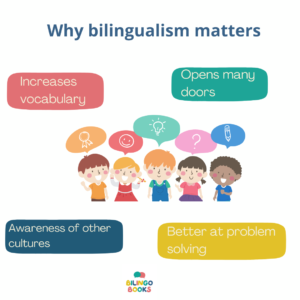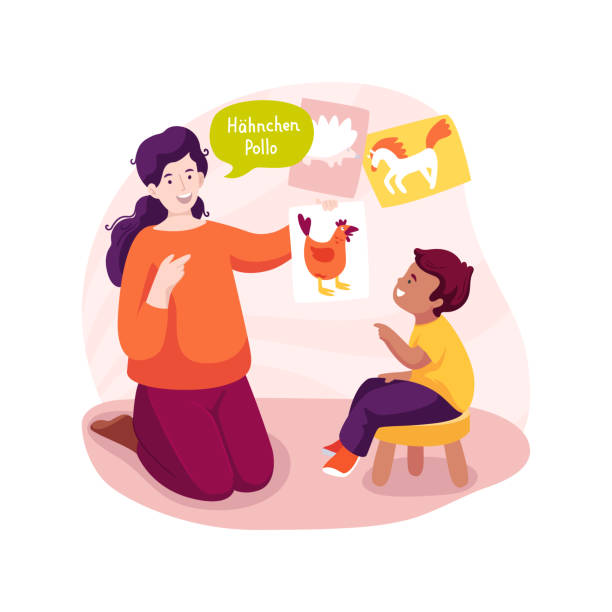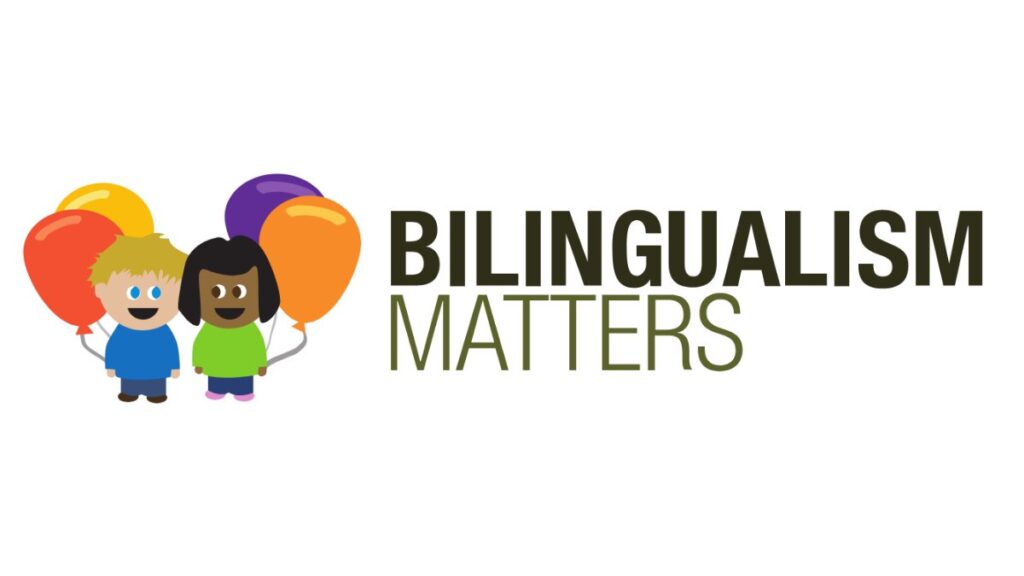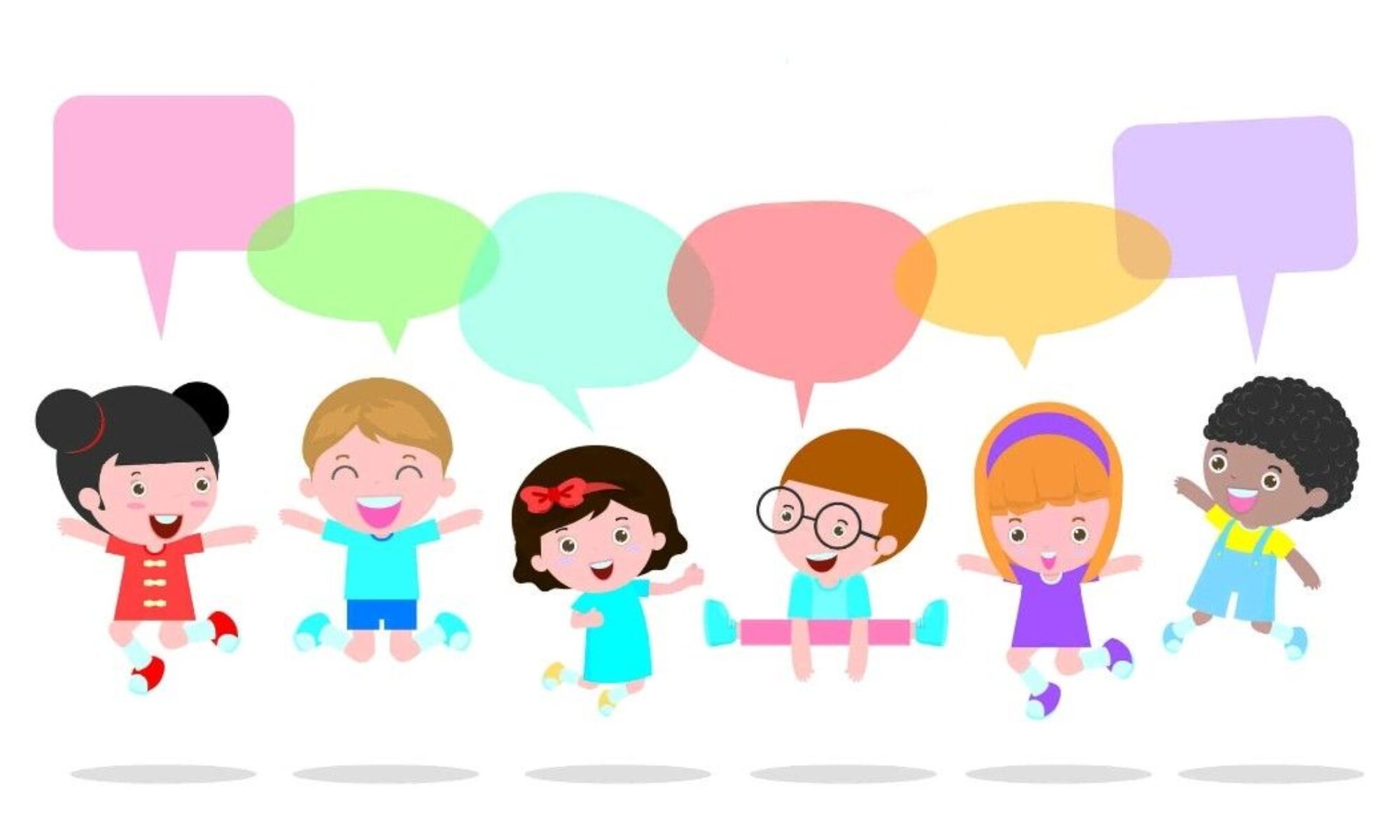Article 1
- This article is another helpful way for bilingualism. These are tips to best integrate bilingualism into the early childhood education experience, both in the classroom and at home.
- This article includes seven tips which is start early, be prepared, immerse students, find a peer group, exercise equality, incorporate students interests and celebrate creativity.
- The authors purpose is to support bilingualism in the ECE classroom. And to provide help, it includes these seven tips.
- I selected this source to inform ECE that these students are important and their education is a high priority especially those who are bilingual.

Article 2
- This article is to explain the benefits in having a bilingual class and children. And so this article also shows examples of how to enhance social, emotional, scientific, language, and literacy development with children who are learning more than one language with different articles of different classrooms.
- In the article one example they use is They emphasize learning in pairs as a way to create many low-pressure opportunities for dual language learners to engage in conversations.
- The authors purpose is to show how there are different ways to support children who can’t speak English.
- I selected this source to allow others to enhance a better understanding in children who can’t speak English to provide support for them.

Read More: https://www.naeyc.org/resources/pubs/yc/may2019/benefits-multilingualism
Article 3
- This article is to support infants and toddlers with language. And to support them this article explains many ways in how to help them.
- This article is important as this provides lots of resources for those that have infants and toddlers.
- The authors purpose is to provide support for all languages in infants and toddlers to build relationships with them and to help them learn.
- I chose this source because it is also important to help infants and for those who cant speak the infants and toddlers language, this article can help as it provides everything that is needed.

Read More: https://www.naeyc.org/resources/pubs/yc/may2020/rocking-and-rolling
Article 4
- This article is to support and appreciate the teachers that are in the classrooms with the children.
- This article is to provide ways that can help teachers. And as the article says “Good teachers help themselves by identifying and making the most of the resources that are available. Every early childhood educator brings particular dispositions and strengths to the setting in which they work.
- The author’s purpose is to explain ways to help teachers who support children and families.
- I chose this resource because we get a better understanding of teachers that does their best to support the children and families with education.

Read More: https://www.naeyc.org/resources/pubs/yc/nov2015/supporting-educators-who-support-children-families
Article 5
- This article is to provide support for the children that are dual language learners.
- This also informs that “Each child’s way of learning a new language should be viewed as acceptable, logical, and part of the ongoing development and learning of any new language.”
- The authors purpose is to celebrate and support the children that are dual language learners
- And I chose this resource to inform that these children are not alone and they are being supported. Bilingualism is indeed important and it matters.

Read More: https://www.naeyc.org/resources/blog/supporting-dual-language-learners
